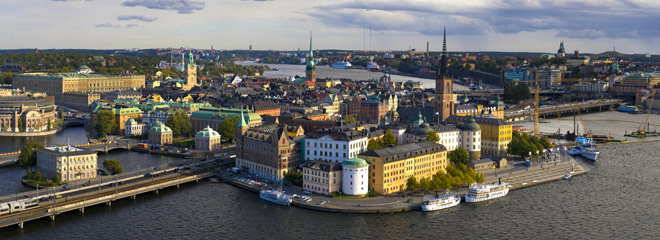

Most Favorite Panoramas
The Colosseum was used to host gladiatorial shows as well as a variety of other events. The shows, called munera, were always given by private individuals rather than the state. They had a strong religious element but were also demonstrations of power and family prestige, and were immensely popular with the population. Another popular type of show was the animal hunt, or venatio. This utilized a great variety of wild beasts, mainly imported from Africa and the Middle East, and included creatures such as rhinoceros, hippopotamuses, elephants, giraffes, aurochs, wisents, Barbary lions, panthers, leopards, bears, Caspian tigers, crocodiles and ostriches.
The Room of the Signatura or Stanza della segnatura is another room with the breath taking frescoes by Raphael in Vatican. The paintings: The School of Athens (perhaps Raphael's most famous fresco), Cardinal and Theological Virtues, Disputation of the Holy Sacrament an Adoration of the Sacrament (In the painting, Raphael created an image of the church, which is presented as spanning both heaven and earth.), The Parnassus (It represents The Parnassus, the dwelling place of the god Apollo and the Muses and the home of poetry, according to classical myth. In the fresco Apollo and the muses are surrounded by poets from antiquity and Raphael's own time.) and Ceiling.
Dominating the North Platform of Chichen Itza is the Temple of Kukulkan (a Maya feathered serpent deity), usually referred to as El Castillo ("the castle"). This step pyramid stands about 30 metres (98 ft) high and consists of a series of nine square terraces, each approximately 2.57 metres (8.4 ft) high, with a 6-metre (20 ft) high temple upon the summit.During the spring and autumn equinoxes, the late afternoon sun strikes off the northwest corner of the pyramid and casts a series of triangular shadows against the northwest balustrade, creating the illusion of a feathered serpent "crawling" down the pyramid.
The Great Ball Court of Chichen Itza is by far the most impressive and the largest and best preserved ball court in ancient Mesoamerica. It measures 168 by 70 metres (551 by 230 ft). The parallel platforms flanking the main playing area are each 95 metres (312 ft) long. The walls of these platforms stand 8 metres (26 ft) high; set high up in the centre of each of these walls are rings carved with intertwined feathered serpents.[
The Geirangerfjorden is a fjord in the Sunnmøre region of Møre og Romsdal county, Norway. It located entirely in Stranda Municipality. It is a 15-kilometre (9.3 mi) long branch off of the Sunnylvsfjorden, which is a branch off of the Storfjorden (Great Fjord).
The fjord is one of Norway's most visited tourist sites. In 2005, it was listed as a UNESCO World Heritage Site, jointly with the Nærøyfjorden, although this status is now threatened by the disputed plans to build power lines across the fjord. A car ferry, which doubles as a sightseeing trip, is operated by Fjord1 Nordvestlandske. It runs lengthwise along the fjord between the small towns of Geiranger and Hellesylt.
Alesund's viewpoint, Norway. Ålesund, a sea port on the west coast of Norway, is noted for its unique concentration of Art Nouveau architecture.
In January 1904, the town once built largely of wood, was the scene of a terrible fire. Practically the entire town was destroyed during the night and the population had to leave the town in the middle of the night. Kaiser Wilhelm of Germany had often gone on vacation to Sunnmøre. After the fire, he sent four warships with materials to build temporary shelters and barracks. After a period of planning, the town was rebuilt in stone, brick, and mortar in Jugendstil (Art Nouveau), the architectural style of the time.
Siosepol or Siose Bridge (Si-o-Seh, which means 33 Bridge or the Bridge of 33 Arches), also called the Allah-Verdi Khan Bridge, is one of the bridges of Isfahan. It is highly ranked as being one of the most famous examples of Safavid bridge design. The bridge was originally known as the Bridge of Allahverdi Khan who was the general responsible for its construction. Commissioned in 1602 by Shah Abbas I from his chancellor Allahverdi Khan Undiladze, an Iranian ethnic Georgian, it consists of two rows of 33 arches. There is a larger base plank at the start of the bridge where the Zayandeh River flows under it, supporting a tea house.
The Bull gate of the Hall of 100 columns. It is located in the courtyard between the unfinished gate (can be seen here) at the end of the Prcessional Way and the Hall of 100 Columns (The Throne Hall).
Two massive bulls guarded the hall entrance, one of them can be seen in this panorama, another one of them (undamaged) now in Chicago's Oriental Institute. That bull and a few digital reconstructions can be seen here.
|
|
|
|
|
|







